Rhubarb, Turkey (Rheum palmatum tanguticum), packet of 10 seeds
$4.95
Family: Buckwheat (Polygonaceae)
Hardy to Zones 6 to 9
(Da-huang; Turkey Rhubarb; Chinese Rhubarb; Rhubarb, Chinese) Herbaceous perennial. Native to China and Tibet. Rare. Plants boast red-tinged, handsomely palmate leaves, and are much appreciated in the ornamental garden for their shape, color, and colorful history. Traditional usage of dried, cured root (TWM, TCM): Laxative. Source of anthraquinones. Taste mild. It is amazing how quickly usable quantities of this herb can be grown–a reasonable harvest can be made in the fall of the first year’s growth. Dig the roots, wash throughly, slice, pierce, and hang to dry and cure. Plant prefers part shade to full sun, well-drained soils of raised bed or hilliside. Best to sow in spring in flats and transplant out to field after the roots have grown sufficiently large to survive out-of doors. Leaves generally have an entire margin in the first year and demonstrate palmate structure in the second year. Sometimes, fast-growing and healthy individuals will start making palmate leaves in the first year. Average germination time 13 days. Space plants 2 to 3 feet apart.
10 seeds/pkt, Open Pollinated, Untreated, NO GMO’s
In stock

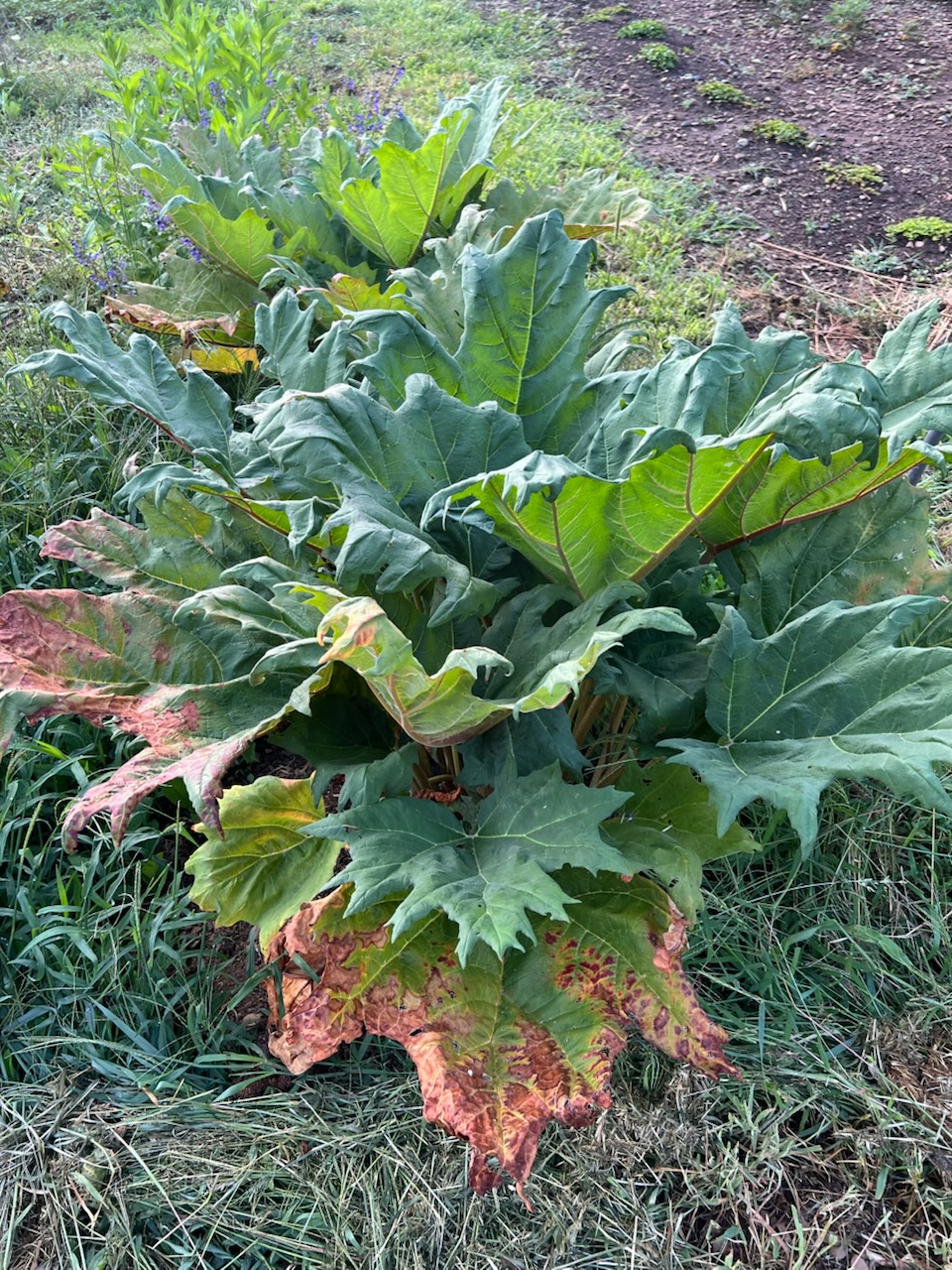
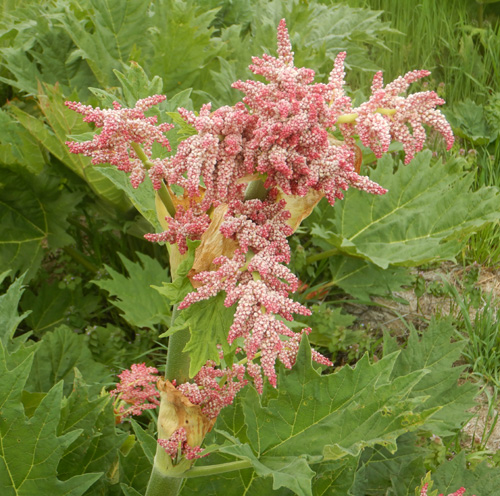
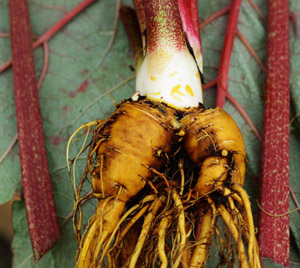

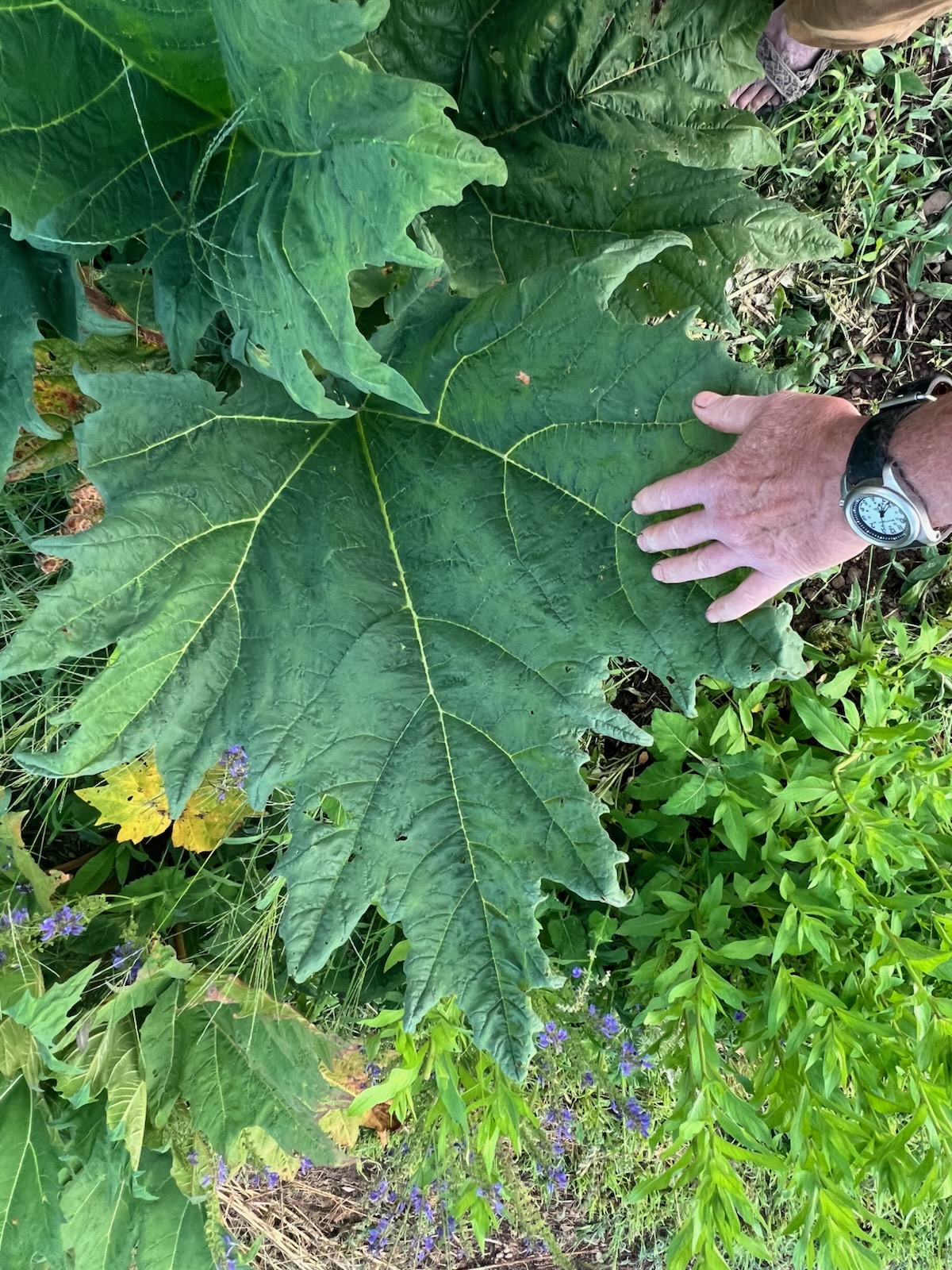
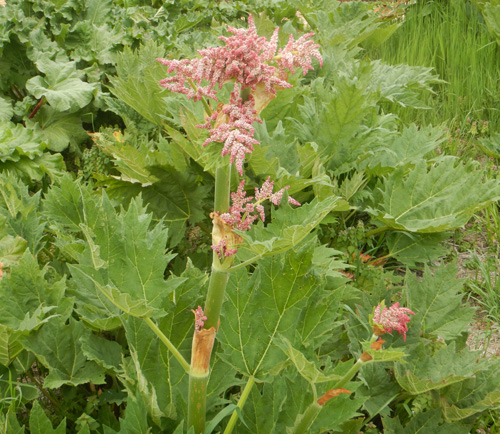
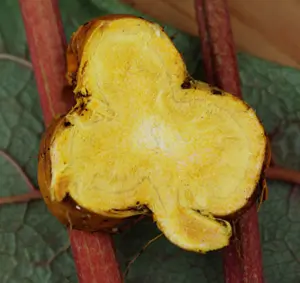
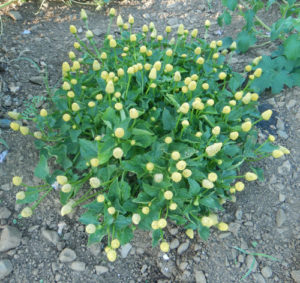
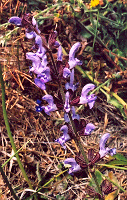
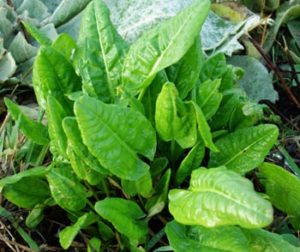
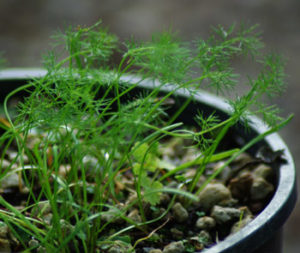
Catherine (verified owner) –
All my seeds sprouted and have now grown into gigantic clumps—they look fantastic! Are the stalks edible?
Upvote if this was helpful (0) Downvote if this was not helpful (0) Watch Unwatch Flag for removal
Richo Cech –
good work! this one is grown for the laxative root. for stalk rhubarb, choose any of the Rheum rhabarbarum cultivars.
Upvote if this was helpful (0) Downvote if this was not helpful (0) Flag for removal
Question
Kalili (verified owner) –
I had wonderful germination of seeds this spring. They little plants are so beautiful I am wondering if they will survive if I carefully separate them out to individual pots to grow as some are coming up tight together. Are the young Turkey Rhubarb seedlings forgiving of this separation? Or would it be best to snip off ones that came up too close to others – sacrificing some? I did not anticipate such terrific germination! Thank you for such viable seeds!
Upvote if this was helpful (0) Downvote if this was not helpful (0) Watch Unwatch Flag for removal
Richo Cech –
Hello Kalili,
Thanks for contacting us with this really good news. Turkey Rhubarb is taprooted, so easy to separate and up-pot. If any of the seedlings seem spindly and weak, they would be the ones to sacrifice, perhaps. This is known as “selecting for vigor.” If you have plenty of seedlings for your needs, then it is an easy decision to make. Richo
Upvote if this was helpful (0) Downvote if this was not helpful (0) Flag for removal
Question
Terry –
Are these deer resistant?
Upvote if this was helpful (0) Downvote if this was not helpful (0) Watch Unwatch Flag for removal
Richo Cech –
hi terry, i think the leaves are deer resistant and the flower buds are not deer resistant. r
Upvote if this was helpful (0) Downvote if this was not helpful (0) Flag for removal
Question
Paulette G Andrews –
Are the stalks of turkey rhubarb edible?
Upvote if this was helpful (0) Downvote if this was not helpful (0) Watch Unwatch Flag for removal
Richo Cech –
Hi Paulette, these are considered more a laxative than a food. richo
Upvote if this was helpful (0) Downvote if this was not helpful (0) Flag for removal
Chris (verified owner) –
What part of the plant is used in the Dye process?
Upvote if this was helpful (0) Downvote if this was not helpful (0) Flag for removal
Richo Cech –
Hi Chris–its the roots–they give yellow and orange–they contain anthraquinone pigments. The leaves are sometimes used to help make the color fast. Richo
Upvote if this was helpful (0) Downvote if this was not helpful (0) Flag for removal
Chromedaffodils –
Is this the plant who’s root is used in Essiac tea? Thank you
Upvote if this was helpful (0) Downvote if this was not helpful (0) Flag for removal
Richo Cech –
Yes
Upvote if this was helpful (0) Downvote if this was not helpful (0) Flag for removal